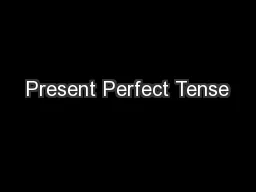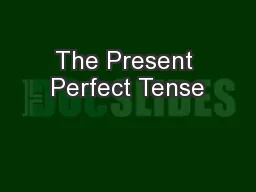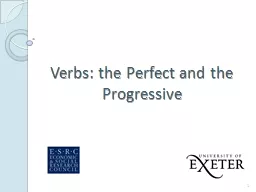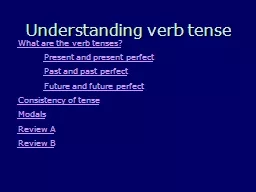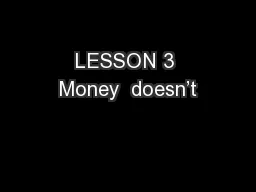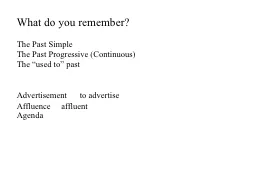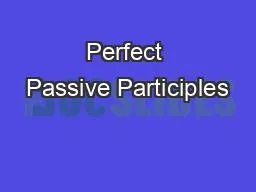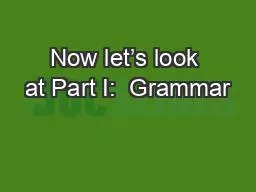PPT-Present Perfect
Author : conchita-marotz | Published Date : 2017-06-17
01355112 Foundation English II Getting to Know the Perfect Tense James Smith was born in England He is English He moved to Thailand in 2007 Now he lives
Presentation Embed Code
Download Presentation
Download Presentation The PPT/PDF document "Present Perfect" is the property of its rightful owner. Permission is granted to download and print the materials on this website for personal, non-commercial use only, and to display it on your personal computer provided you do not modify the materials and that you retain all copyright notices contained in the materials. By downloading content from our website, you accept the terms of this agreement.
Present Perfect: Transcript
Download Rules Of Document
"Present Perfect"The content belongs to its owner. You may download and print it for personal use, without modification, and keep all copyright notices. By downloading, you agree to these terms.
Related Documents


